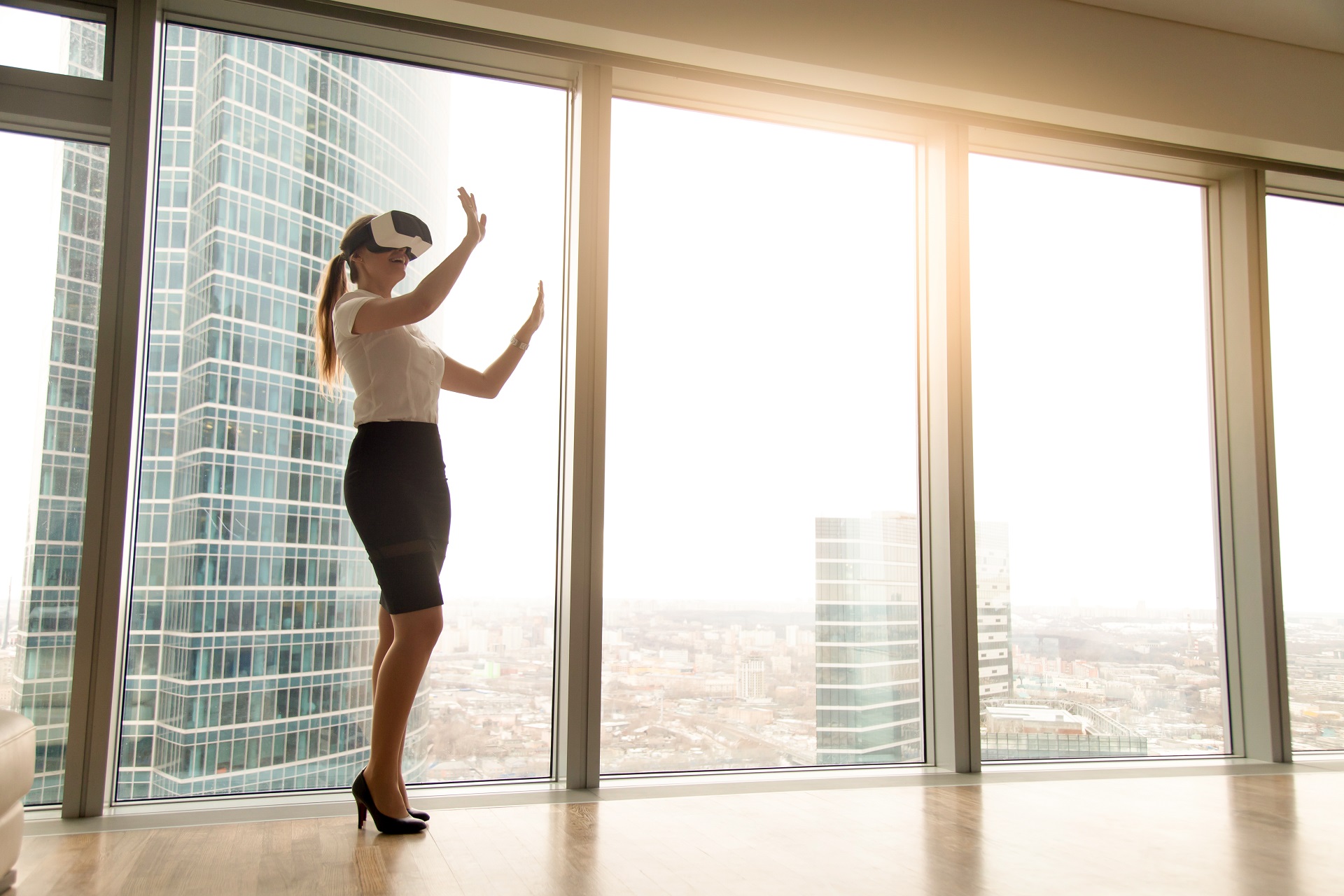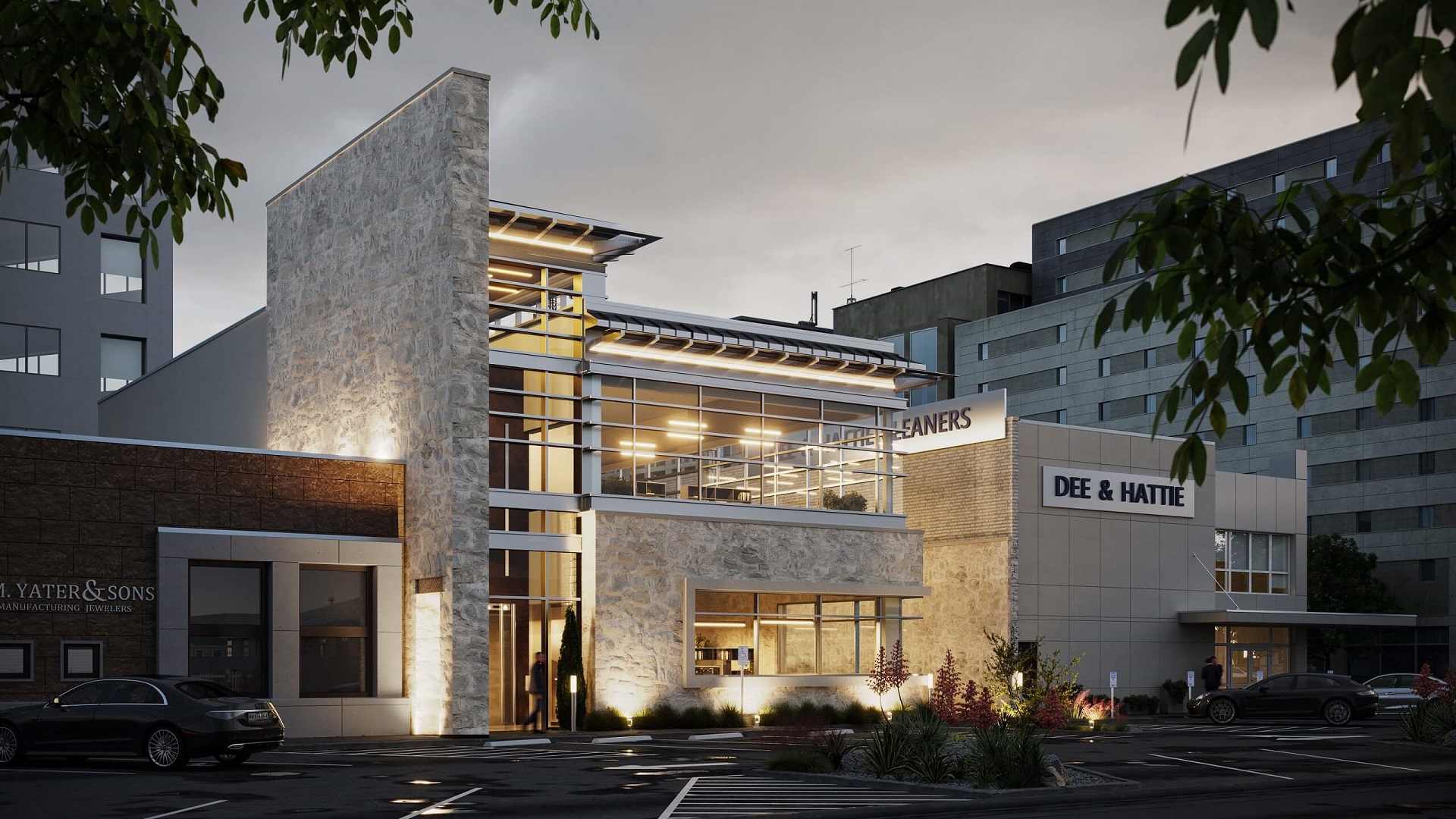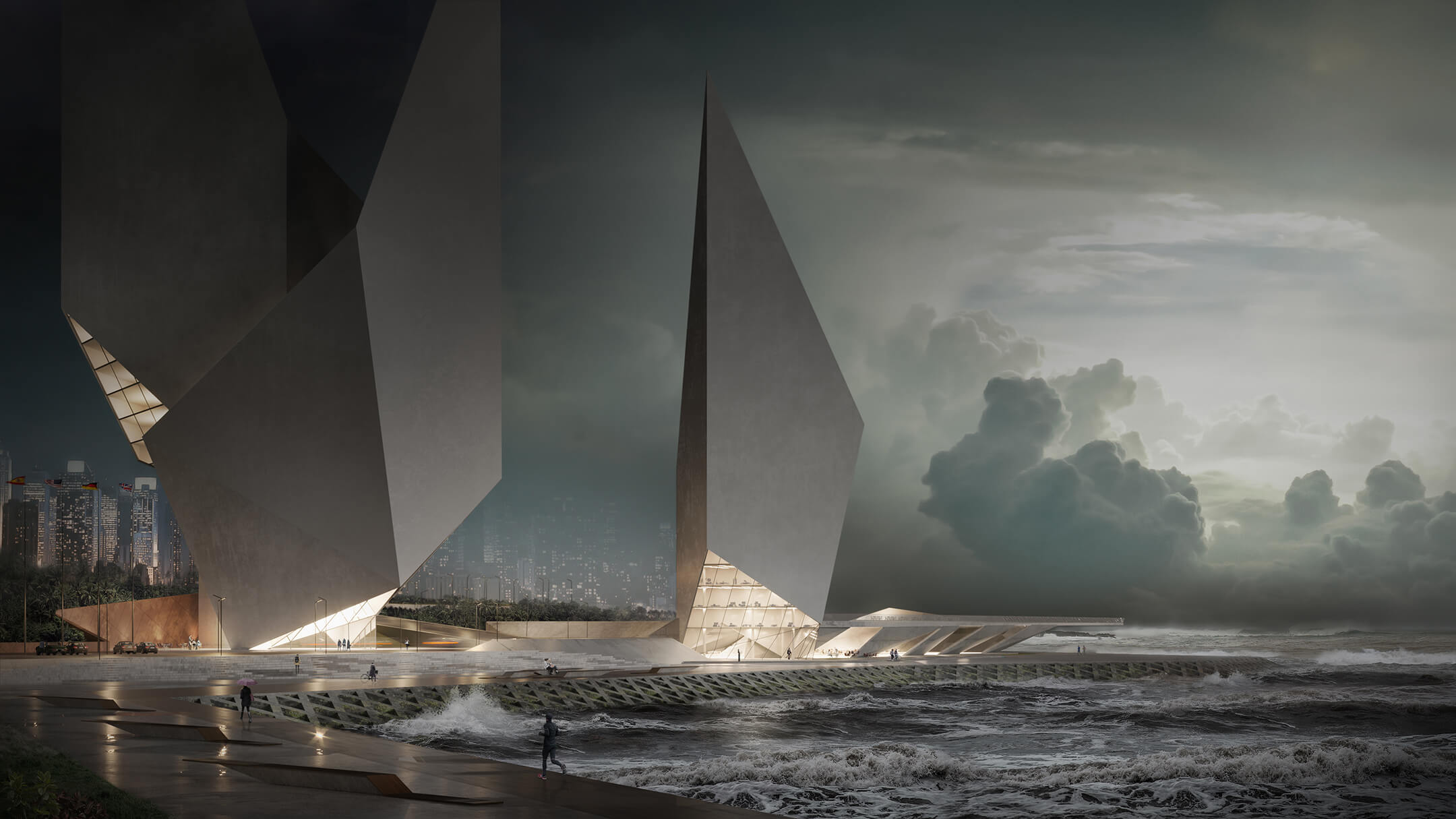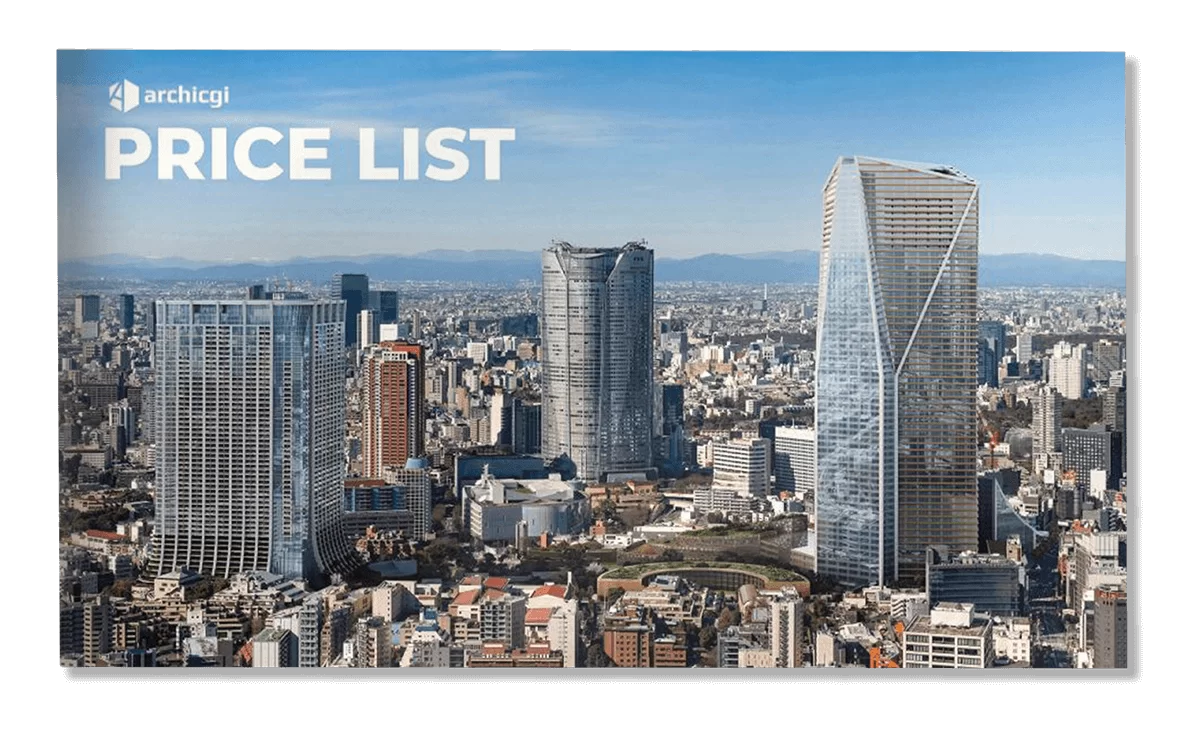High-quality architectural renderings have been the backbone of any successful presentation for a while. However, new technologies are introduced and old ones get upgraded every year – cutting costs, improving the quality and efficiency of work. This is the case with virtual reality, which rapidly became one of the most powerful immersive visual mediums of today. Entertainment industries were quick to adopt VR – and regard it as their future. Similarly, this amazing gear has got attention from other spheres, architecture included: increasing availability of VR opened up a lot of new ways of presenting projects. So, many started speculating – why use static 3D renderings if there are these cool gadgets that allow unprecedented interactivity?
As an architectural rendering company, we have vast experience with 3D animation and VR-compatible 3D modeling, so Virtual Reality is a part of our life now. We know the pros of each presentation medium, so our clients sometimes aks us an intriguing question – will VR one day supplant high-quality architectural renderings?
Today, we are going to answer this question once and for all. And in order to lead you to the solution, we’ll explore the benefits and shortcomings of both 3D renderings and VR. Join us and find out the truth!
High-Quality Architectural Renderings Vs VR: Best Option For Presentations
Virtual Reality

Cons
- Need To Hire Programmers To Produce VR Programs
An architectural rendering company can provide scenes and 3D models, but the actual virtual reality program is made by dedicated programmers. It’s far from an easy job, since they have to account for a lot of factors, such as person-object interactions and so on.
- Long Production Time And High Costs
This is the reason why creating VR software can take months, even by large teams of specialists. The cost is self-explanatory, since a business has to pay not one, but two outsource companies, or keep a lot of in-house 3D artists and programmers just for creating virtual reality programs.
Pros
- Provides Unparalleled Immersion
Seeing objects on a screen is one thing, but being able to see them as if they were real, touch or fiddle around with your hands is something completely different. After such an experience there is no way potential customer will ignore brilliant architectural and design ideas!
- Showcases Goods In Any Environment
Virtual reality programs can present experience of visiting a different place with different surroundings – clients can literally feel how the environment fits in their life, thanks to the architectural presentation reinforced by VR. This amazing feature especially shines when shows both interior and exterior – to provide a full understanding of the future house design.
High-Quality Architectural Renderings

Cons
- Companies Specialize In Different Object Visualization
When talking about different outsource 3D modeling and rendering services, there is no “one size fits all” principle. Every studio specializes in different styles, objects and has unique distinctive features in every render it produces. So employers have to be careful when looking for the right studio and always browse portfolios of potential contractors before choosing.
- Actual Quality Depends On Professionalism Of Specialists
“High-quality architectural renderings” is a very wide definition. There are standards that any CGI studio has to adhere to, but results depend largely on how experienced 3D artists working on the projects are. Obviously, companies tend to pick the most professional specialists for important tasks – but it’s unlikely a mediocre company has a lot of outstanding staff to turn a project into an eye candy.
Pros
- Faster And Cheaper
Static CGI is much cheaper and faster to produce than advanced flexible models for VR. High-quality architectural renderings are also easier to polish and add effects, turning any design into a gorgeous display.
- Basic Animation Can Increase Effectiveness
For better effectiveness of project presentations, it’s a good idea to combine static and animated high-quality architectural renderings. Virtual tours and 3D animations will make materials more informative and visually appealing, giving more opportunities to explore the design as if in real life.
- Viewing Available On All Gadgets
High-quality architectural renderings are essentially images that can be ordered in all common file formats: jpeg, png, pdf, etc. Such flexibility is quite useful – everybody has gadgets, and they can download images at any time. So after a presentations on a large screen, clients can have a second viewing at home on their PCs or Macs or while commuting – on their smartphones, inspecting constructions closely for themselves.

All in all, both high-quality architectural renderings and VR are fantastic assets for presentations and aren’t substitutes for one another. The first is a very versatile option that doesn’t require huge investments. The second isn’t so easily affordable but strikes with its life-like experience. So it usually serves as “heavy artillery”, giving the clients a more engaging experience. The thing is, no one knows for sure how architectural presentations will transform in the future. Maybe, there’ll be interactive 3D holograms or something similar – but it’s obvious that both virtual reality and high-quality 3d renderings will be used in conjunction.
Want to learn how much your project costs? See how we evaluate 3D rendering projects
Want to combine VR and high-quality architectural renderings to make a strong impression on clients? Contact ArchiCGI for 3D modeling and 3D visualization services. We’ll create photorealistic CGI that will make your project presentation shine!

Irma Prus
Content Writer, Copywriter
Irma writes articles and marketing copy for ArchiCGI. Her dream is that more people discover the power of CGI for architecture. Irma is into neuromarketing, ruby chocolate and Doctor Who series.



